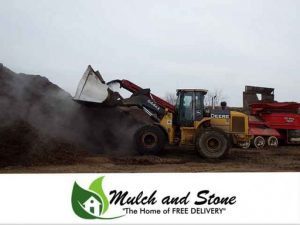
3 Reasons You Should Be Using Mulch
Do you use mulch in your yard? If you answered “no”, we have a second question—why not? 3 Reasons You Should Be Using Mulch. Mulch

Do you use mulch in your yard? If you answered “no”, we have a second question—why not? 3 Reasons You Should Be Using Mulch. Mulch

When you search for “firewood for sale near me”, you would be redirected to sites that sell either seasoned or unseasoned firewood. While both look
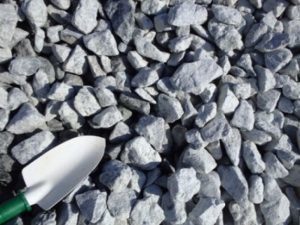
Crushed Bluestone Gravel: Your Complete Guide Here is your complete guide to Crushed Bluestone Gravel. Used for many purposes, crushed bluestone gravel is a versatile
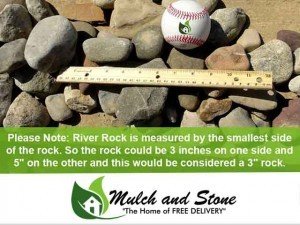
Please Note: River Rock is measured by the smallest side of the rock. So if the rock measures 3″ on one side, it could be 5″
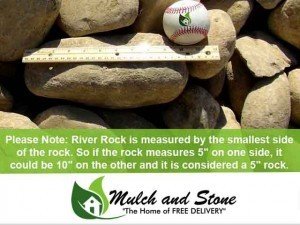
Please Note: Decorative River Rock is measured by the smallest side of the rock. So if the rock measures 5″ on one side, it could
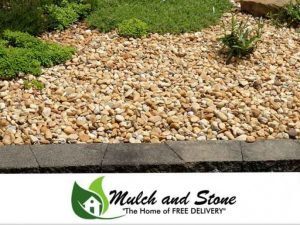
Get Pricing & Order Online Now! Please take some time to browse our great selection of landscape products.
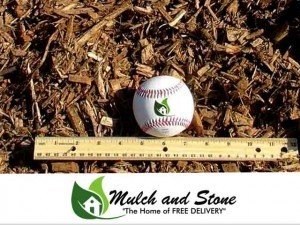
Use mulch as an accent. Mulching can help create healthy lawns but also has an aesthetic value. Choose a color that compliments the exterior colors